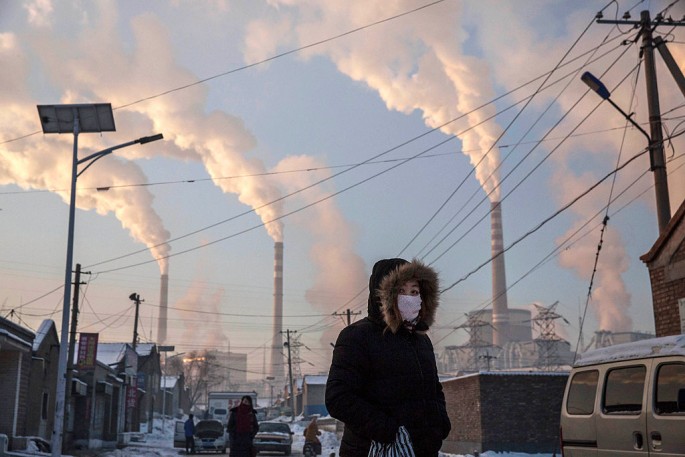Because of China’s reduction of coal use, the country’s carbon dioxide (C02) emissions went down by 1.5 percent in 2015.
The International Energy Agency said that China had the biggest decline in C02 volumes compared to other countries. The lower use of coal is part of the Asian giant’s economic restructuring as it moves toward industries that use lesser energy and decarbonize generation of electricity, said Fatih Birol, executive director of IEA.
Last year, coal’s contribution to China’s energy mix was less than 70 percent, 10 percent lower compared to 2011. At the same time, low-carbon share rose to 28 percent from 19 percent. Most of the addition was in the form of hydro and wind, reported CRIEnglish.
Globally, energy-related C02 emissions, which is the biggest contributed to greenhouse gas, was flat for two consecutive years, said the IEA, based on its analysis of preliminary data.
Birol said it is a surprising but welcome new. “Coming just a few months after the landmark COP21 agreement in Paris, this is yet another boost to the global fight against climate change.”
Greenpeace, an environment advocacy group, lauded Beijing for the achievement. “China is very serious about tackling air pollution,” noted Lauri Myllyvirta of Greenpeace.
China’s air pollution problem, especially in major cities, is the result of 20 years of economic growth as the country became the global factory because of its cheap labor. However, because of the negative impact of the C02 on health of Chinese, China has started the shift to solar, nuclear and hydro power use.



























